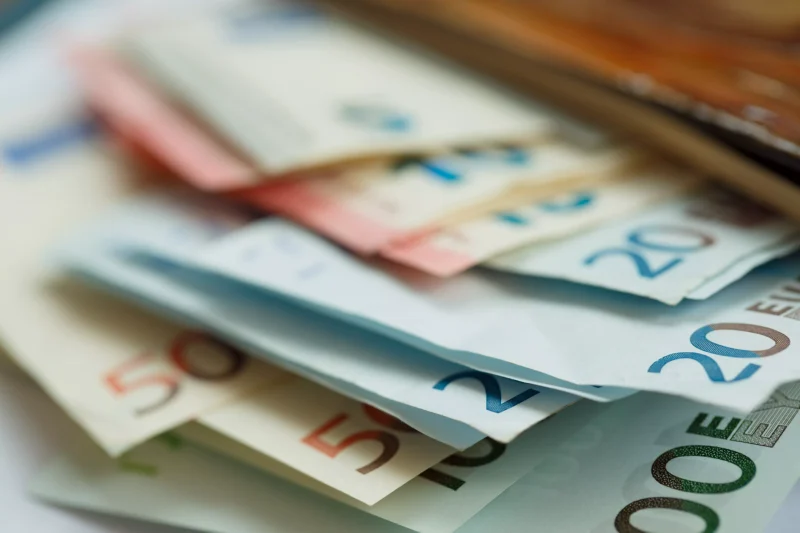The European Central Bank (ECB) Meeting Preview: No Change Expected, But Future Cuts Still on the Horizon
Commencing with pandemic-era emergency measures, the European Central Bank (ECB) has been vigilant in adapting its policies to support the eurozone’s financial stability and growth trajectory. Amid the ongoing COVID-19 crisis and its economic repercussions, the ECB’s upcoming meeting is of significant interest to market participants and policymakers alike. While the ECB is not expected to make immediate changes to its monetary policy in the upcoming meeting, there is an air of anticipation regarding future policy adjustments, particularly the possibility of further interest rate cuts.
The eurozone economy has been grappling with the dual challenges of subdued inflation and lackluster economic growth. In this context, the ECB has a crucial role in fostering economic recovery and maintaining price stability. Despite the recent uptick in inflation, largely driven by temporary factors such as supply chain disruptions and rising energy prices, the ECB remains concerned about the sustainability of this trend. With inflation far below its target of close to but below 2%, the ECB may feel compelled to take additional measures to bolster inflationary pressures.
One of the tools at the ECB’s disposal is interest rate policy. Currently, the ECB’s main policy interest rate stands at a record low of 0%, and the deposit rate is at -0.5%, meaning that banks have to pay to park their excess reserves with the central bank. This negative interest rate policy is aimed at incentivizing banks to lend to businesses and consumers, thereby stimulating economic activity. However, there are concerns that the current interest rate levels may not be sufficient to revive inflation and economic growth, prompting speculation about the possibility of future rate cuts.
Additionally, the ECB may consider expanding its asset purchase programs to provide further monetary stimulus. The Pandemic Emergency Purchase Program (PEPP) and the Asset Purchase Program (APP) have been instrumental in stabilizing financial markets and supporting lending conditions during the crisis. The continuation or expansion of these programs could help bolster economic confidence and facilitate the flow of credit to the real economy.
Apart from traditional monetary policy measures, the ECB is also closely monitoring the euro’s exchange rate. A stronger euro can dampen inflation by making imports cheaper and exports more expensive. The ECB may seek to influence the exchange rate through its communication or even direct intervention in the foreign exchange markets to ensure that the euro’s value aligns with its policy objectives.
In conclusion, while no immediate changes to monetary policy are anticipated at the upcoming ECB meeting, market participants will closely scrutinize the central bank’s forward guidance for signals on potential future actions. The ECB’s commitment to supporting the eurozone’s economic recovery and achieving its inflation target remains paramount, and any hints of further policy accommodation could have significant implications for financial markets and the broader economy. As the eurozone navigates the challenges posed by the pandemic and its aftermath, the ECB’s proactive stance and strategic decision-making will be crucial in shaping the region’s economic outlook.




























